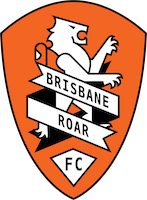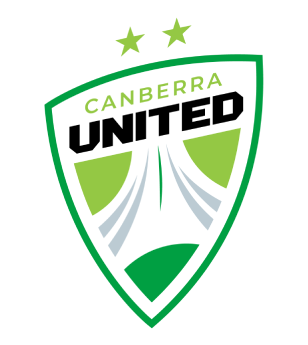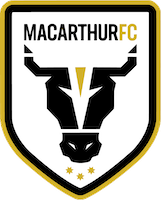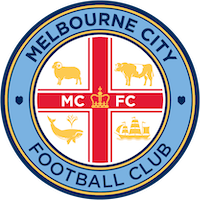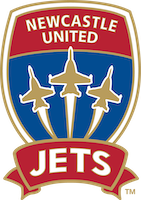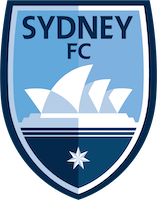A-League clubs have been given the green light to target more crowd-pleasing signings with the introduction of the right to sign an extra star for up to $600,000.
The Australian Professional Leagues (APL) have fast-tracked a second ‘designated player’ slot into the salary cap for the 2022-23 Isuzu UTE A-League season, granting clubs the ability to both lure and retain more top-shelf talent to the ALM.
It means clubs can bring in an additional player on up to $600,000 – or shift an existing player into that position to free up a marquee player spot
Last season some clubs brought heavyweight signings in directly as designated players – including Victory centre back Roderick Miranda and Jets top scorer Beka Mikeltadze – while others moved existing marquees into the role of designated player. Perth Glory for instance were able to sign Daniel Sturridge as a marquee after making Adrian Sardinero a designated player.

The first designated player slot was included in the salary cap last season as part of a five-year Collective Bargaining Agreement (CBA) struck with the Professional Footballers Association (PFA).
A designated player has an annual salary of between $300,000 and $600,000 – this salary sits outside the salary cap, along with the maximum of two marquee players per club whose wages also sit outside the cap.
From the 2022-23 all campaign onwards, clubs will be allowed two designated players and two marquee players in a squad of 18-23 players (excluding scholarship contracts).
Originally pencilled in for the 2023-24 season, the increase of designated player slots was brought forward one season by the APL to enhance the quality of the competition, either via new signings or the retention of players already shining in the ALM.
A-Leagues commissioner Greg O’Rourke explained why the APL decided to accelerate its plan to implement the additional designated player spot in 2022-23: “The addition of up to two designated players was something we negotiated with the PFA as part of the five-year CBA back in July last year,” O’Rourke said.
“Our thought at the time was one immediately for last season and another by year three at the latest, however we feel it is the right time to accelerate this option and have brought the second player into play for next season.
“This allows clubs to target another player outside of the cap that improves the squad quality overall as there are requisite minimum investment levels required to satisfy this allowance and we look forward to many of the clubs taking up the opportunity.”
The salary cap sets both a minimum and maximum spend for each club on player wages.
The salary floor (minimum spend) is currently $2,250,000. The cap ceiling (maximum spend) is $2,550,000.
If a club does not reach the salary cap ceiling, that club can access up to 10% of their underspend the following season as ‘salary cap banking allowance’ in addition to the standard cap.
What are the club roster guidelines?
For Isuzu UTE A-League clubs, there are a number of factors to consider when targeting a player for recruitment.
A club’s roster must consist of:
- A minimum 18 players and a maximum 23 players
- Within the 18-23 players that must be signed, clubs must have a minimum of two goalkeepers and a maximum of five foreign players
- This doesn’t include scholarship players of which clubs can sign 16
If your club is competing in the Asian Champions League, additional players can be contracted – but they are only eligible to participate in the ACL.
But some players are exempt from the cap…
Of the 18-23 players registered at each club, some may fall into certain categories making them exempt from the salary cap – meaning clubs do not have to include said player’s salary inside the set floor and ceiling of the cap.
The exemptions apply to:
MARQUEE PLAYERS: Each club can sign a maximum of two marquee players who are fully exempt from the cap.
GUEST PLAYER: Each club can sign one guest player who is fully exempt from the salary cap, and is only eligible for circa half the season but who must meet strict eligibility requirements.
DESIGNATED PLAYERS: ALM clubs are now able to sign two ‘designated players’ who must earn a salary between $300,000 and $600,000, and are also exempt from the salary cap.
HOMEGROWN PLAYERS: Each club can have up to four ‘homegrown players’ fully exempt from the salary cap. However, these players must be Australian and aged under 23 that have come through the club’s youth system.
LOYALTY PLAYERS: Each club can have an unlimited number of loyalty players, who based on the number of consecutive seasons of service, may have a slice of their salary excluded from the cap up to a maximum of 50%. Players who are eligible for that maximum must have played 10 or more consecutive seasons at the club.


